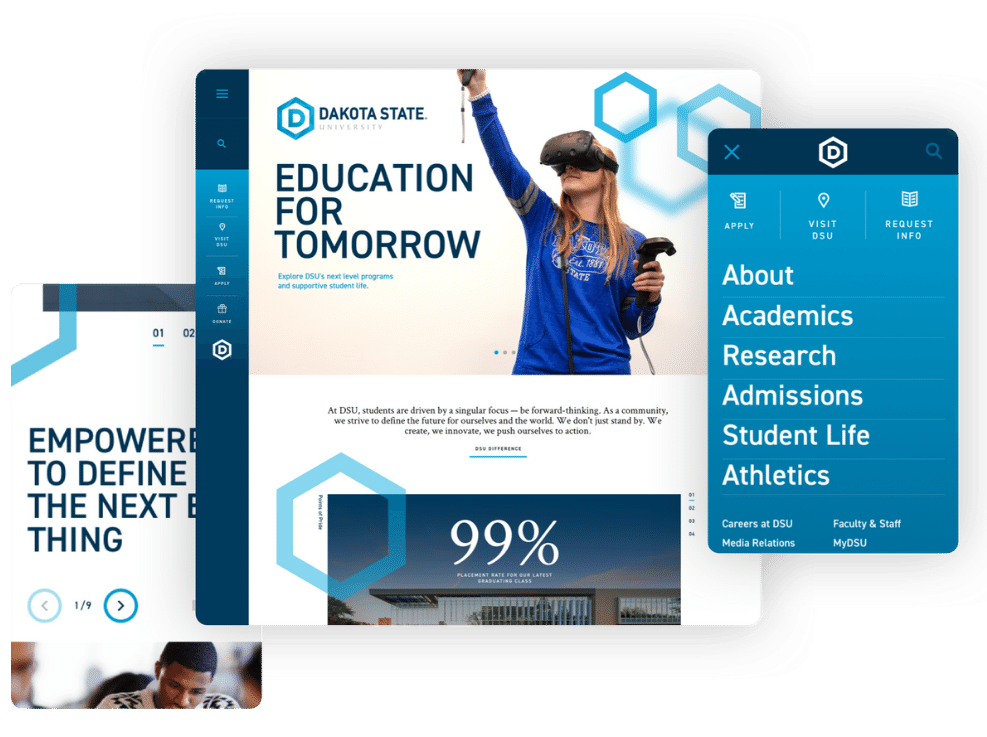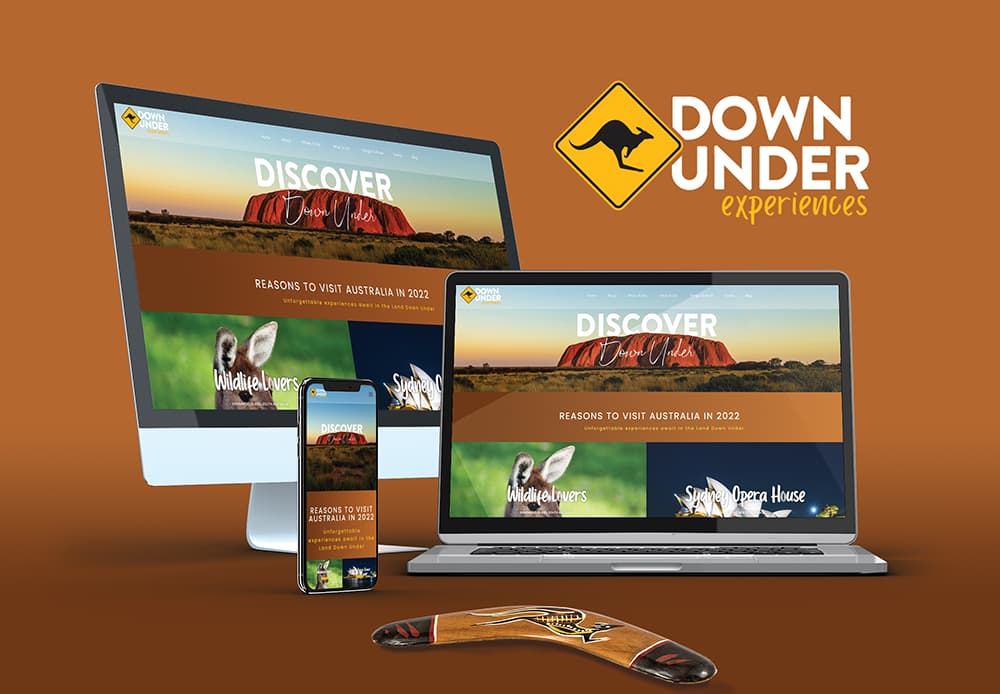The Ultimate Guide to Website Design: Tips for Creating Stunning Websites
The Ultimate Guide to Website Design: Tips for Creating Stunning Websites
Blog Article
Modern Internet Site Style That Captures Focus and Converts
In a progressively digital landscape, contemporary web site style has actually arised as a pivotal element in catching customer focus and driving conversions. As we discover these important elements, it ends up being clear that recognizing their interaction can significantly impact a web site's efficiency and individual fulfillment.
Importance of Visual Hierarchy
Aesthetic pecking order is a vital aspect in website style, as it guides individuals' attention and improves their overall experience. By tactically organizing material, developers can direct customers to the most essential details first, thereby boosting engagement and enhancing usability.
Integrating a logical flow in content setup is vital; for instance, placing the most important information on top of a page promotes immediate acknowledgment. Regular use of typography, such as varying font dimensions and designs, helps establish a clear material framework. This company not just help in navigation but likewise constructs trust, as individuals really feel more comfortable when they can quickly discover what they are seeking.
Eventually, a well-executed aesthetic pecking order not only boosts visual allure but also substantially influences customer actions. By focusing on vital aspects and ensuring a seamless experience, designers can successfully transform visitors into customers, strengthening the relevance of this fundamental layout concept in modern-day internet site growth.
Responsive Layout for All Tools
Producing a smooth experience throughout different gadgets is essential in today's digital landscape, where individuals gain access to websites from desktop computers, mobile phones, and tablet computers alike. Responsive design is a crucial approach that ensures internet sites adapt fluidly to various display sizes, positionings, and resolutions. By using versatile grids, photos, and CSS media queries, developers can create formats that preserve aesthetic integrity and capability, despite the device being utilized.
The importance of receptive design prolongs beyond aesthetic appeals; it directly affects user interaction and conversion rates. A website that works well on all devices motivates longer gos to and lowers bounce rates, as individuals are most likely to connect with content that is very easy to browse. Search engines, specifically Google, prioritize mobile-friendly websites in their positions, making receptive design a crucial part of search engine optimization (SEO)
Incorporating responsive layout not just enhances individual experience but also enhances the growth process. By creating a single website that works throughout devices, companies can conserve time and sources compared to creating different mobile and desktop computer variations. Inevitably, receptive style is a fundamental technique for modern-day web site style, making certain accessibility and fulfillment for all individuals, no matter of their gadget.
Engaging Interactive Aspects
While a responsive style lays the groundwork for a practical web site, integrating appealing interactive aspects is vital for recording individual interest and promoting deeper connections. Website Design. Interactive components, such as computer animations, tests, and clickable infographics, produce a much more dynamic individual experience, motivating site visitors to invest even more time on the website
Incorporating interactive functions can likewise assist customers via complex information, making it simpler to digest material. For instance, interactive sliders can highlight item variants, while embedded videos can give demonstrations or testimonies that reverberate even more than fixed pictures or text. Gamification methods, like rewards for finishing tasks or engaging with content, can improve user inspiration and retention.
Effective usage of interactive elements not just improves the customer experience yet can additionally lead to greater conversion rates. It is important to stabilize interactivity with efficiency; excessively complicated functions may impede site rate, adversely influencing customer satisfaction.
Streamlined Navigating Practices
Reliable navigating is a keystone of any kind of effective web site, as it directly influences user experience and content ease of access. Streamlined navigation practices guarantee that users can easily locate info, improving their communication with the website. A well-structured navigating menu ought to be basic and user-friendly, typically featuring a restricted number of primary groups to avoid frustrating visitors.
To achieve streamlined navigation, designers ought to focus on an ordered framework that rationally arranges material. Carrying out breadcrumb routes can provide customers with context regarding their current location go to my site within the website, enabling for seamless backtracking. In addition, making use of drop-down menus can efficiently conserve room while still giving accessibility to subcategories.
Receptive style is important, as navigation must be functional throughout all devices (Website Design). Mobile customers, particularly, gain from touch-friendly menus and retractable sections that preserve use without jeopardizing looks

Efficient Call-to-Action Techniques
A well-crafted call-to-action (CTA) is essential for leading individuals toward preferred outcomes on a website, as it urges them to involve with web content or make an acquisition. To optimize their efficiency, CTAs should be clear, engaging, and purposefully put throughout the website.
First, use action-oriented language that connects necessity or worth, such as "Get going," "Sign up with Now," or "Case Your Discount rate." This language not only encourages individuals but also sets clear expectations about the following steps.
Second, think about layout elements; CTAs must stand out aesthetically through contrasting colors, adequate whitespace, and noticeable positioning. A button that is simple to see and click boosts the chance of user interaction.
Furthermore, individualizing CTAs based upon user habits or demographics can significantly enhance interaction. Customized messages resonate a lot more with customers, driving higher conversion rates.

Verdict
These elements collectively improve individual experience, guaranteeing that visitors remain engaged and motivated useful reference to explore material even more. By prioritizing these style principles, companies can dramatically enhance individual retention and conversion rates, eventually leading to greater success in the electronic landscape.
In a significantly electronic landscape, modern-day web site style has emerged as a critical element in catching individual attention and driving conversions.Aesthetic power structure is a critical aspect in site layout, as it overviews users' focus and improves their total experience.The value of responsive layout prolongs past aesthetics; it straight affects user involvement and conversion prices.Integrating responsive layout not only enhances individual experience but additionally simplifies the growth process. Inevitably, responsive design is a basic method for modern internet site style, ensuring access and contentment for all users, regardless of their gadget.
Report this page